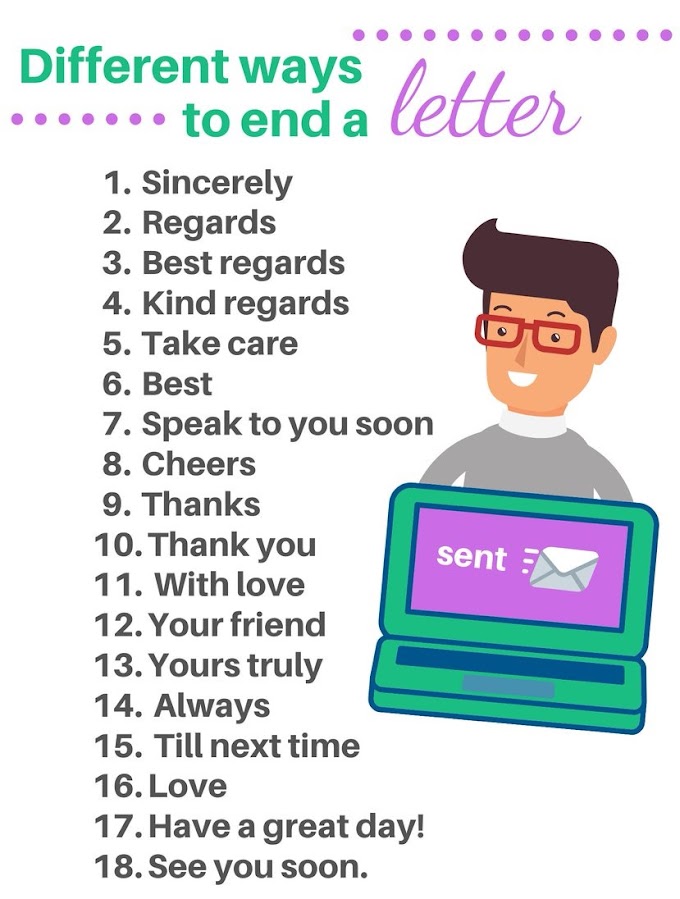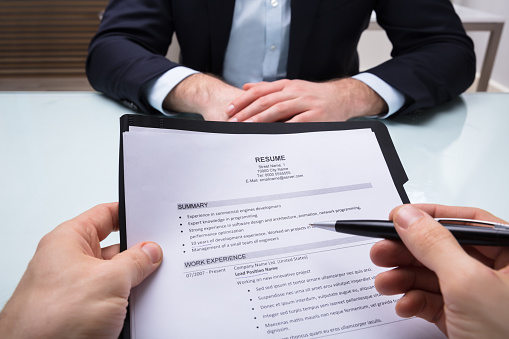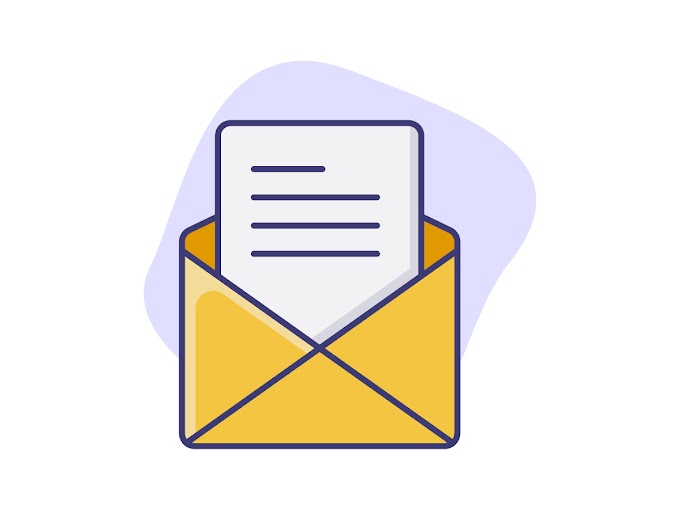:max_bytes(150000):strip_icc():saturation(0.2):brightness(10):contrast(5):format(webp)/vintage-typewriter-in-the-library-966747532-5ee1ef7802fe4f108e8b2b2e53bd2ce5.jpg)
What's the best way to write a professional letter – with a paper letter or an email? One really isn’t better than the other. In some cases, it makes sense to communicate via email and sometimes you may need to send a traditional typed, printed, and signed letter. Whichever you choose, it’s important to follow the best professional letter and email writing and format guidelines.
📝 NOTE: Email is quicker and easier, but some email messages never get opened and, depending on who you are writing to and why you are writing, you may be required to mail a typed and signed letter or even upload it online.
The type of message you choose depends on who you're communicating with, and the purpose of your correspondence.
Professional Letter and Email Writing Guidelines
All well-written letters include several sections. The information you include in each section and the overall format depends on whether you are sending a typed letter or an email message.
It’s essential that you know the different parts of a letter and what should be listed in each one. You also need to know how to address and sign both typed and email communications. The different parts of a letter are as follows:
- Contact Information
- Salutation (Greeting)
- Body of Letter
- Closing
- Signature
Contact Information
The way you include your contact information will be different based on how you send your letter. In an email message, your contact information will be at the end of the message, whereas in a written letter, your contact information is at the top of the page. Here's what to include in your contact information section, plus samples for both typed letters and emails.
Salutation
The salutation is the greeting section of your letter with something like “Dear Mr. Peterson,” or “To Whom It May Concern.” Here's a list of letter salutation examples that work well for professional correspondence.
Body of Letter
The body of your letter will include several paragraphs. The first paragraph should include an introduction and a brief explanation of your reason for writing. The second paragraph (and any following paragraphs) should explain further your reasons for writing. The last paragraph should either request action from the reader, if you are requesting something, or state how you will follow-up. Be sure to make the purpose of your letter clear. The reader will need to know what you are asking for and how they can help you.
Closing
A letter is closed with a term like "Best regards" or "Sincerely” followed by a comma, then your signature if you're sending a typed letter. If you're sending an email message, simply type your name after the closing.
Signature
The finishing touch to your letter is your signature, which, in an email message, will include your contact information.
How to Address a Letter
It's important to address the individual you are writing to formally unless you know them very well.
Formatting Your Correspondence
Now that you have all the information you need to include in your message, review the standard format to use for letters and email messages.
Letter Writing Guidelines
The next step is to polish up your letter. There should be plenty of space between paragraphs and the top and bottom of the page. You also want to select a readable, professional style and size of the font. What you say will depend on the reason you're writing, so be sure to tailor your letter to fit your personal and professional situation.
Examples and Templates
Using a template is a great way to start your own letter or email message because you are starting with the basic format in place. Simply fill in your information in the appropriate section of the letter.
Looking at examples is helpful, too, because you'll get ideas for what to say in your own correspondence.
Proofread and Spell Check
Finally, before you print or upload your letter or send your email message, spell check, grammar check, and proofread it.
A tip for making sure there aren't any errors is to read it out loud. You may notice the mistakes you missed by reading only.




0 टिप्पणियाँ